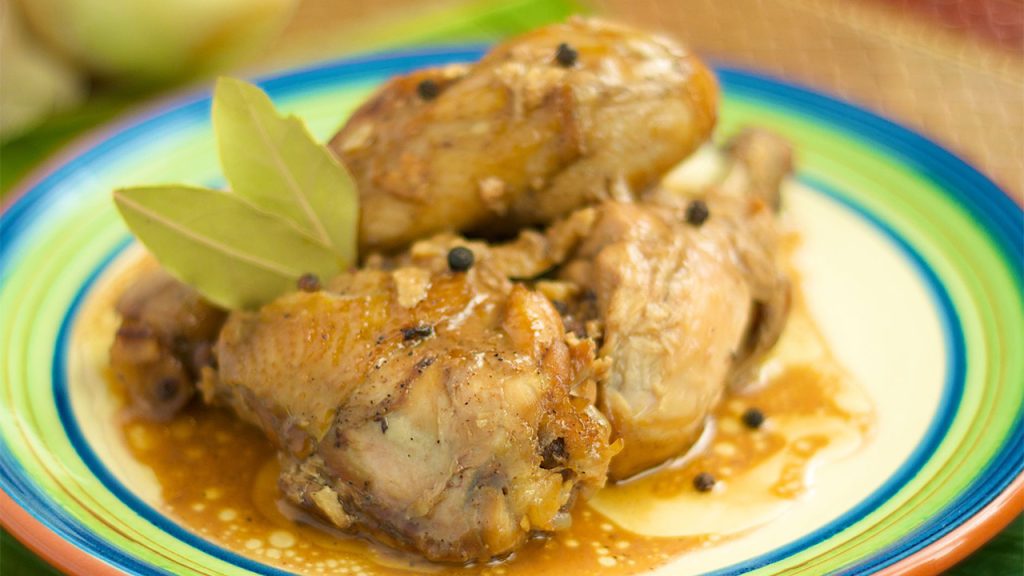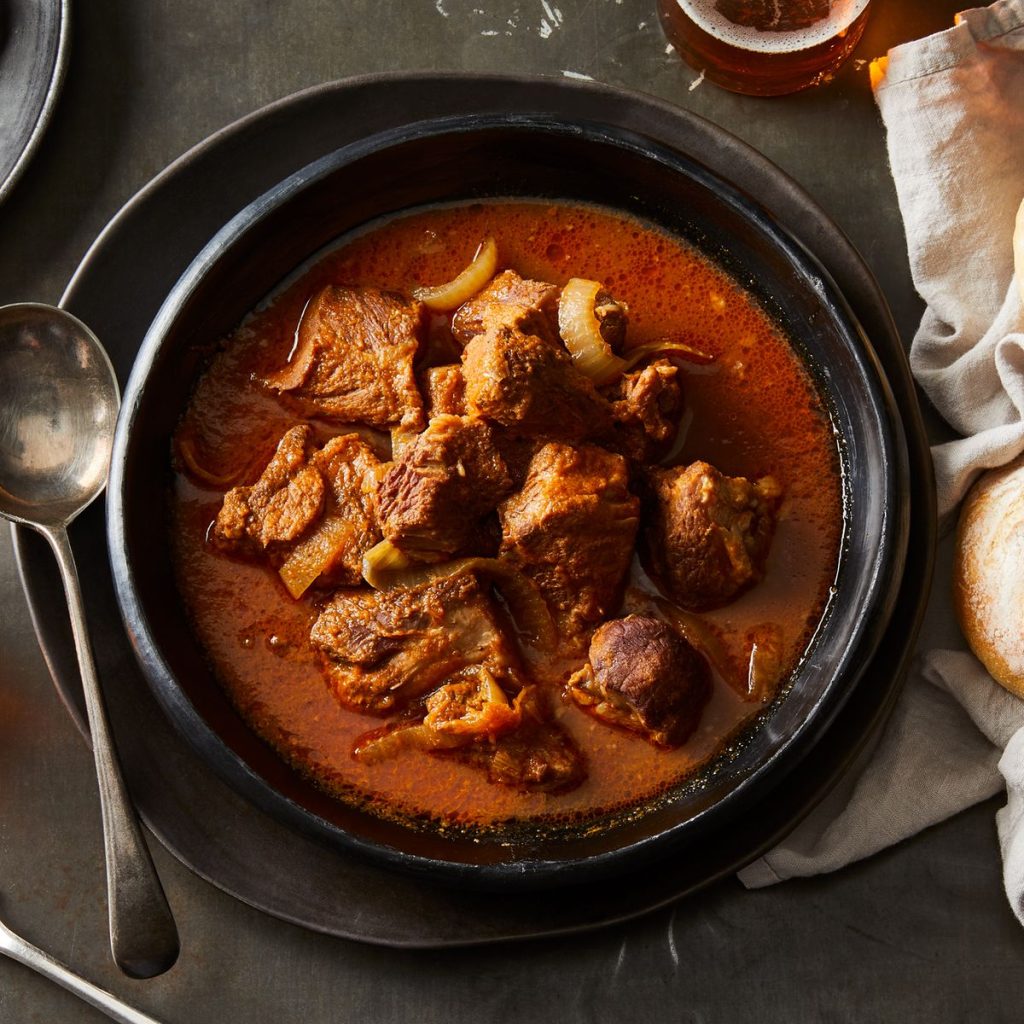
Adobo is a homonymous culinary term. In the Philippines, where it is the unofficial national dish, adobo is a cooking process that involves stewing something in vinegar, soy sauce, and other ingredients.
The word adobo likely made its way around the globe centuries ago when Spain spread its power throughout the New World. The word is even Spanish in origin—adobar, which means “to marinate” or “marinade.” As with every kind of novelty, the Spanish adobo acclimatized itself into its new environments, becoming entirely different culinary concepts.
The Namesake Spanish Adobo
At this point, many people, especially Filipinos, are aware that the Spanish adobo is different from the local one, whose origins precede colonial rule. In an unfortunate case of mistaken identity, the Spaniards likened the local vinegar-infused stew to their own adobo, thus offering it the same name. They called it adobo de los naturales (adobo of the native people). The addition of soy sauce in the recipe came by way of Chinese traders.
Similar to Filipino adobo, the Spanish version is a cooking process that involves preservation. However, except for the vinegar, the ingredients are vastly different. The Spanish adobar is red from paprika and spicy from chilies. Though primarily a way to store food, it eventually evolved to be used to season or marinade a dish. Currently, adobo in Spain is more famous as a sauce than a culinary technique. Dishes that are drenched in such sauce are called adobado.
The Mexican Way

The Mexican version of adobo is much closer in look and technique to its Spanish precedent. Mexican adobo is such a well-loved sauce that you can find it pre-made on supermarket shelves. While it shares the same base as the Spanish version—vinegar, garlic, peppercorn, oregano, and paprika—it takes on a new flavor profile thanks to the addition of common Mexican ingredients tomatoes and chilies. Traditionally, the recipe calls for guajillo and ancho chilies, but you can toss in other varieties based on your preferences.
If you love its smokey and spiced flavor, you can feature adobo in numerous ways in Mexican cuisine. However, it is especially popular as a condiment with chipotle peppers. Chipotle peppers in adobo sauces are such a staple in Mexican pantries, it’s even available in canned and bottled versions. If you like a smoother blend, you can integrate chipotle into the adobo recipe itself.
Caribbean-Style Adobo

Unlike the saucy stylings of the Philippines, Spain, and Mexico, the Caribbean version is a dry rub comprising sea salt, cumin seeds, fennel seeds, red chilies, and black peppercorns. You can also add garlic and onion powders as well as oregano.
Just like other iterations of adobo, Caribbean adobo is an all-purpose spice blend. You can use it for poultry, pork, beef, and lamb. You can also use it to dust salty and earthy notes into stews and soups.
Adobo goes beyond these three places. In Puerto Rico, for instance, it is a seasoning powder as common as salt and pepper. In Peru, it’s a spice-redolent dish cooked in a clay pot. Whether adobo is a sauce or a rub, red or white, chicken or pork, it is how you make of it. Adobo isn’t exclusive to the Philippines; it is a global favorite.


Recent Comments